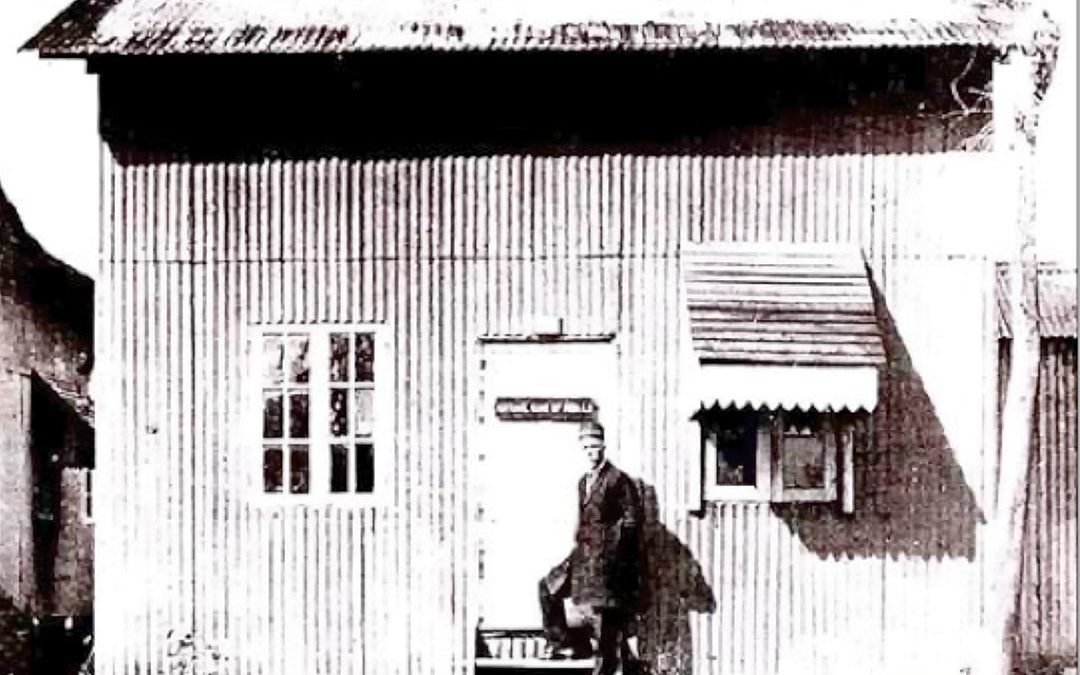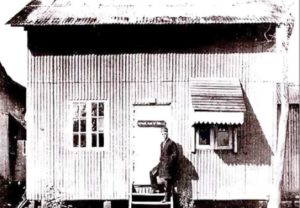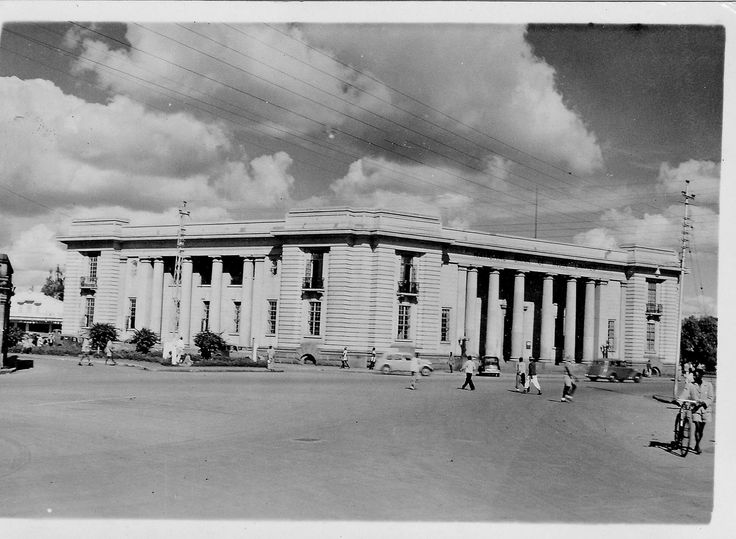National Bank of India

National Bank India's first Nairobi branch. Image credit: Central Bank of Kenya

National Bank India’s first Nairobi branch. Image credit: Central Bank of Kenya
Creation of East Africa’s Borders
Britain, Germany and France – the three states primarily responsible for the scramble and partition of East Africa in the 1880s. Two regions remained untouched when these nations were carving up East Africa for themselves. These were: a 16 km-wide coastal strip between the rivers Tana in present-day Kenya and Ruvuma in present-day Tanzania, and the island of Zanzibar. In Zanzibar, the Sultan of Zanzibar maintained his authority.
The British obtained a large portion of East Africa, but were reluctant to become directly involved in the regional administration. This also happened to be around the same time British shipowner and businessman William Mackinnon founded the British East Africa Association (BEAA). His aim? To secure a lease over the Sultan’s territory – specifically the mainland. This came to be in 1887 for a 50-year period in return for a share of the profits. The next year, the British government granted BEAA a royal charter. The charter allowed it to administer and develop British East Africa. BEAA became formally incorporated and changed its name to Imperial British East Africa Company (IBEAC).
Establishment of the National Bank of India
In 1890 the British proclaimed a protectorate over Zanzibar. Two years later, they declared it a free port. This meant that all goods in transit from the island were exempt from customs duty. This sparked a boom in trade that caught the attention of the National Bank of India.
Founded in Calcutta in 1863 as a rupee-based bank called the Calcutta City Banking Corporation, it had both English and Indian directors. The name change came in 1864 when a branch opened in London. This became the headquarters in 1866 as the bank became anglicized by changing its reserves to sterling pounds and dropping its Indian directors. One of the new board members appointed after this transition was William Mackinnon. Just as he had played a key role in the establishment of British presence in East Africa, it is also believed that he played a key role in the establishment of the bank’s Zanzibar branch in 1893.
The Railway Line and the Growth of Banks
The IBEAC territory was taken over by the British government on 1st July 1895 after the company encountered financial struggles. The entire area, save for the region south of Zanzibar which had been ceded to Germany in 1890, became a British protectorate. That same year, the British parliament approved the construction of a railway linking Mombasa to Lake Victoria. The decision was fuelled by Britain’s attempt to secure the headwaters of the Nile. In addition, Britain wanted to cement its hold on the region and make it attractive to new settlers. The construction of the railway brought thousands of labourers, engineers, and businessmen to the East Africa Protectorate.
This was a great business opportunity for National Bank of India. In 1896 it opened a branch on Mackenzie Road in Mombasa. The branch accepted various currencies including Maria Theresa Thaler, Indian rupees, and British sterling pounds. It only conducted business connected with India and England, and solely catered to the European and Asian population. The bank had no rivals in the region and grew exponentially. It was able to purchase its own plot in Treasury Square in 1900 where it erected its new premises. In 1903, the building was completed. Today, it houses the Kenya Commercial Bank’s Treasury Square Branch.
To Nairobi and Beyond
National Bank of India grew with the progression of the railway line. A Nairobi branch of the bank was set up in 1904 in a small tin shack on Government Road (Moi Avenue), five years after construction of the railway in this area. The branch’s first customers were English aristocrats and their businesses, including The Stanley Hotel. In two years, the bank had enough funds to relocate to a stone building on the corner of Duke Street (Ronald Ngala Street) and Government Road. This remained the bank’s premises until 1931 when it constructed the building that today houses the Kenya National Archives. With the establishment of new railway lines in European settler towns such as Nakuru-Eldoret-Kitale, and Thika-Nyeri-Nanyuki, the National Bank of India followed suit and set up new branches in these towns.





